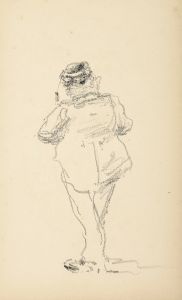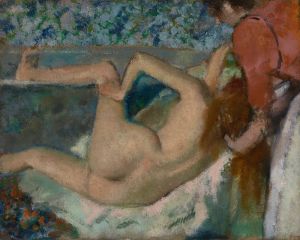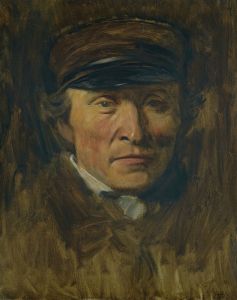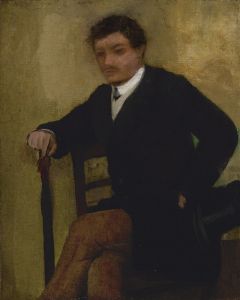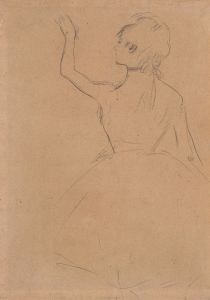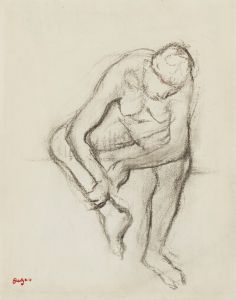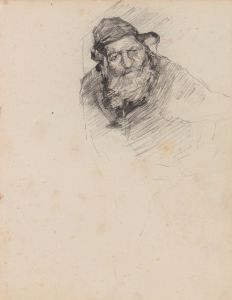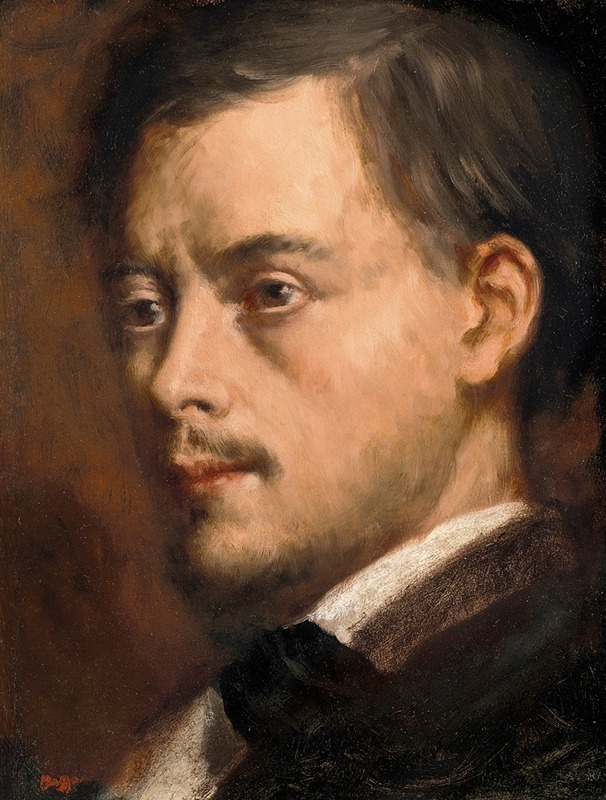
Tête d’homme
A hand-painted replica of Edgar Degas’s masterpiece Tête d’homme, meticulously crafted by professional artists to capture the true essence of the original. Each piece is created with museum-quality canvas and rare mineral pigments, carefully painted by experienced artists with delicate brushstrokes and rich, layered colors to perfectly recreate the texture of the original artwork. Unlike machine-printed reproductions, this hand-painted version brings the painting to life, infused with the artist’s emotions and skill in every stroke. Whether for personal collection or home decoration, it instantly elevates the artistic atmosphere of any space.
Edgar Degas, a prominent French artist known for his contributions to Impressionism, created a variety of works that spanned painting, sculpture, printmaking, and drawing. Among his lesser-known works is "Tête d’homme," which translates to "Head of a Man." This piece is a testament to Degas's skill in capturing the human form and his interest in exploring different aspects of human expression and character.
"Tête d’homme" is a drawing that showcases Degas's mastery in rendering the human face with precision and subtlety. While Degas is often celebrated for his depictions of dancers and scenes of Parisian life, this particular work focuses on the study of a male head, emphasizing the artist's versatility and keen observational skills. The drawing is executed with a delicate touch, highlighting the contours and features of the man's face, and demonstrating Degas's ability to convey depth and emotion through minimalistic means.
Degas's approach to portraiture often involved a deep exploration of the subject's character, and "Tête d’homme" is no exception. The drawing reflects his interest in the psychological aspects of his subjects, capturing not just the physical likeness but also an introspective quality. This focus on the inner life of his subjects is a hallmark of Degas's work, setting him apart from many of his contemporaries.
The medium used for "Tête d’homme" is likely charcoal or pencil, common tools in Degas's repertoire for creating studies and sketches. These materials allowed him to achieve a range of tones and textures, from soft shading to sharp lines, which are evident in the detailed rendering of the man's facial features. The use of light and shadow in the drawing adds a three-dimensional quality, bringing the subject to life on the paper.
While "Tête d’homme" may not be as widely recognized as some of Degas's other works, it provides valuable insight into his artistic process and interests. It is a reflection of his continuous exploration of human anatomy and expression, themes that permeate much of his oeuvre. This piece also underscores Degas's commitment to drawing as a fundamental aspect of his artistic practice, serving both as a preparatory tool and as an independent form of expression.
Degas's influence on the art world extends beyond his paintings and sculptures; his drawings, including "Tête d’homme," have inspired countless artists to appreciate the nuances of human expression and the power of simplicity in art. His ability to capture the essence of his subjects with minimalistic means continues to be admired and studied by art enthusiasts and scholars alike.
In summary, "Tête d’homme" is a fine example of Edgar Degas's skill in portraiture and his dedication to exploring the complexities of human expression. Through this drawing, Degas not only demonstrates his technical prowess but also his deep understanding of the human condition, making it a significant piece in his body of work.









